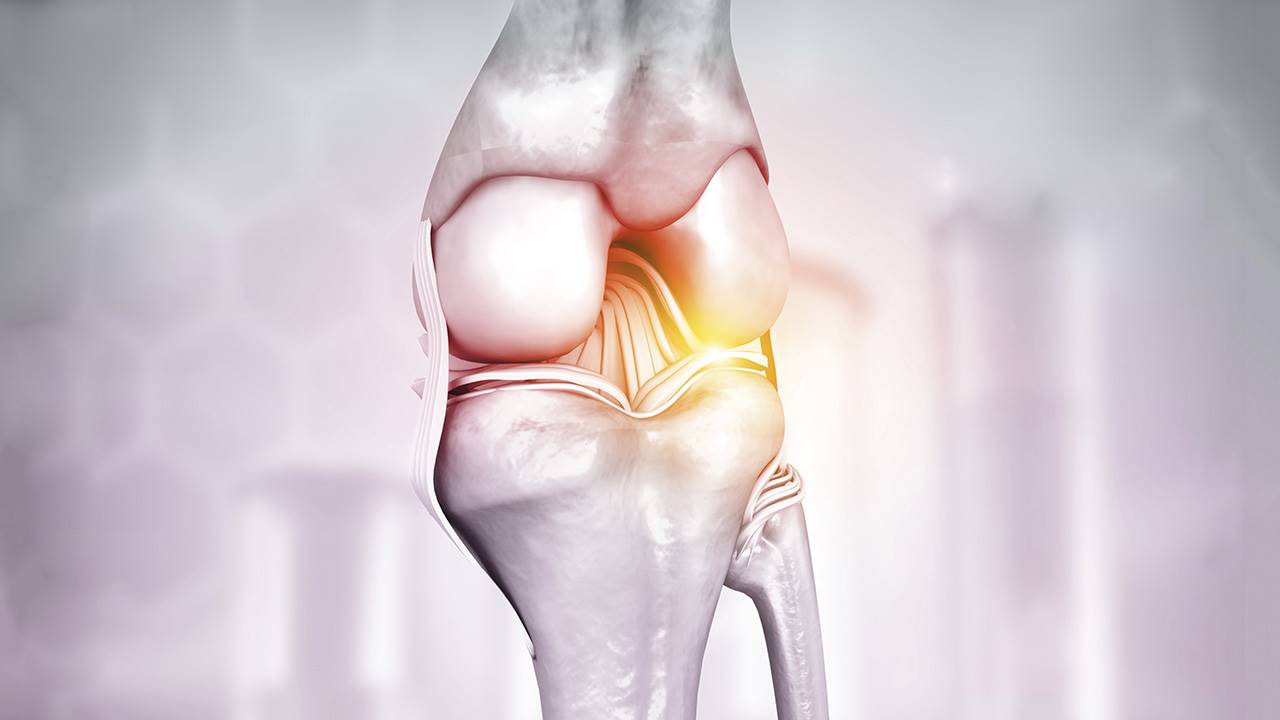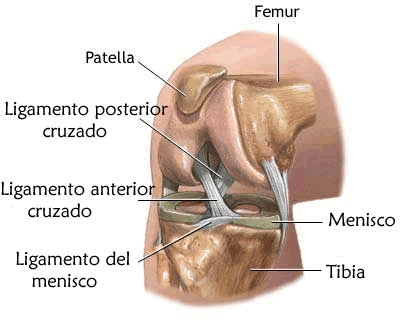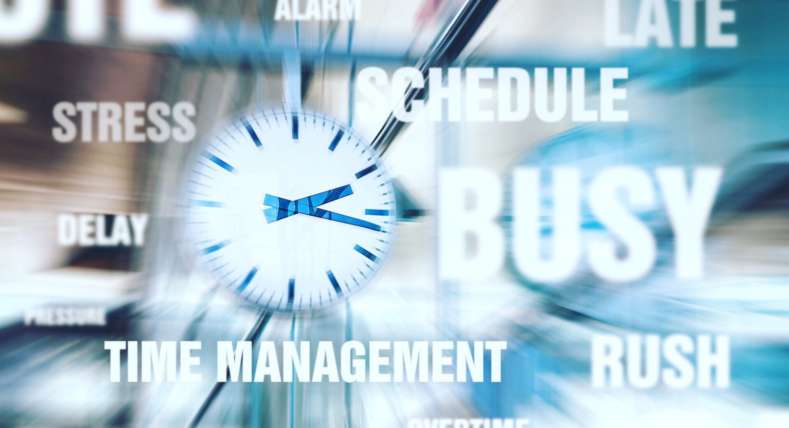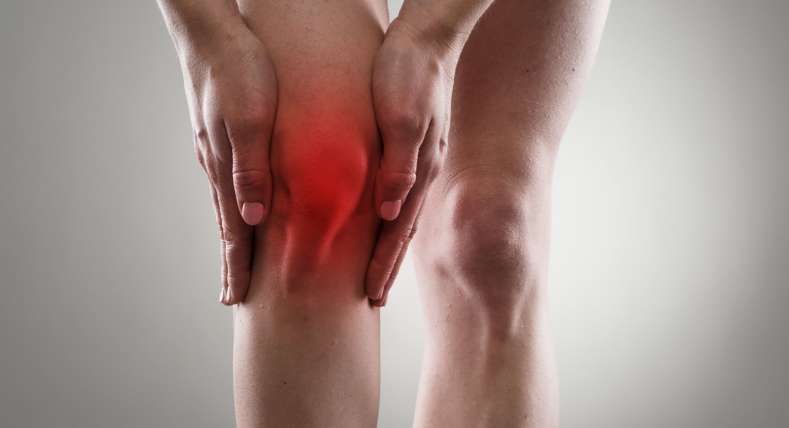13The injury to the anterior cruciate ligament or ACL may be a sprain or tear of this ligament. This pathology is one of the most frequent when we talk about ligamentous injuries, both in athletes and young people or even children. It is usually frequent in activities that involve sudden changes of direction, sudden stops or when jumping and falling with the feet.
What is LCA?
The anterior cruciate ligament is one of the main ligaments of the knee, joining tibia and femur, and is involved in stabilizing this joint. The ACL is in charge of controlling the anterior displacement of the tibia during movements, as well as helping to control other knee movements such as rotation, varus and valgus.
Causes
The most frequent causes are the following:
⦁ Make turns with your foot firmly on the ground.
⦁ Sudden changes in direction or speed.
⦁ Perform a jump and not fall properly.
⦁ Dry stop.
⦁ Direct blow to the knee.
Symptoms
The most frequent symptoms are the following:
⦁ Click when the injury occurs.
⦁ Pain and inability to move in that knee.
⦁ More or less rapid inflammation of the area.
⦁ Feeling of instability or that the knee "goes away or cannot take it anymore".
⦁ Decreased range of motion of the joint.
Keep in mind that, as in other pathologies, not all symptoms have to occur in all people with an ACL injury, in addition to depending on the degree of injury.
Diagnosis
For the diagnosis of this injury there are imaging tests or orthopedic tests, but if you think you can suffer an injury to the anterior cruciate ligament, better go to the doctor, since various structures that may be affected are involved in this joint, and an image test is necessary to verify it.
The main imaging test to diagnose an ACL injury is an MRI, although an X-ray can also be performed in the first instance to rule out bone injury if the doctor does not assess that there is a possibility of ACL injury.
Treatment
As in most pathologies, there is a conservative treatment and a surgical treatment.. Like is logic, surgery depends on the degree of ligament injury, since if we talk about a grade I sprain, conservative treatment is chosen.
Nowadays there is a lot of controversy regarding whether surgery of this ligament is necessary or not.. Ultimately the decision is up to the patient, that you should assess the risks and benefits in your case of the operation with the help of health professionals who accompany you in the decision-making and recovery process. In case you make the decision to have surgery, the intervention is not usually carried out until an estimated period of about 6 weeks after injury so that the inflammatory process has been reduced.
Physiotherapy treatment
Physiotherapeutic treatment should be carried out before and after the surgical intervention., and in case an operation is not going to be performed, it must be present during the patient's recovery process, until reaching agreed goals with the patient.
In the event that a surgical intervention is not performed, the treatment will be aimed at reducing inflammation, get a full joint range, adequate muscle strength and improve stability in the knee joint.
If the decision is made to perform the surgical intervention, the preoperative treatment will be destined to be in the best possible preoperative conditions, Since the better physical condition you have before the intervention, the postoperative process is usually easier. To do this, attempts will be made to reduce inflammation, increase muscle strength and improve joint range. After the operation, the relevant protocols will be carried out so as not to damage the ligament by performing any excess during the first months.. Treatment will be focused on reducing pain, the inflammation, avoid adherence of scars, get full joint width, optimal strength, achieve the greatest stability and ultimately the return to sports activity that the patient performed before the injury.
If you have any questions about this injury process or any other, you can go to our professionals at the Ciudadela clinic, to advise you or help you in your rehabilitation.







